Jharkhand Switch to Hindi
Avian Flu Outbreak at Ranchi Farm
Why in News?
Recently, authorities culled a total of 325 birds after detecting an avian flu case at a poultry farm of Birsa Agriculture University (BAU) in Ranchi. They also sanitized the entire affected zone.
Key Points
- Containment Measures:
- Officials assured that there is no need for panic as it was a localized incident affecting guinea fowls that were kept for research purposes in the farm.
- Authorities will map and notify areas within a one-kilometer radius of the outbreak.
- Places within a 10-kilometer radius will remain under surveillance.
- H5N1 Detection:
- Around 150 guinea fowls died over the past 20 days at the farm, located in a veterinary college.
- The ICAR-National Institute of High Security Animal Diseases (NIHSAD), Bhopal, confirmed the presence of the H5N1 avian influenza A virus in the samples.
- Union Government’s Directives:
- The Union Ministry of Fisheries, Animal Husbandry, and Dairying instructed the state to implement containment measures, including:
- Declaring infected and surveillance areas
- Restricting access to affected premises
- Culling birds to prevent further spread
- The Union Ministry of Fisheries, Animal Husbandry, and Dairying instructed the state to implement containment measures, including:
- State Government’s Response:
- The state animal husbandry department issued an advisory and standard operating procedure (SOP):
- Prohibiting the sale and purchase of birds in the affected area.
- Establishing a control room, which will be operational soon.
- The state animal husbandry department issued an advisory and standard operating procedure (SOP):
Avian Influenza
- About:
- Avian influenza, often referred to as bird flu, is a highly contagious viral infection that primarily affects birds, particularly wild birds and domestic poultry.
- In 1996, highly pathogenic avian influenza H5N1 virus was first identified in domestic waterfowl in Southern China. The virus is named A/goose/Guangdong/1/1996.
- Transmission to Humans and Related Symptoms:
- Human cases of H5N1 avian influenza occur occasionally, but it is difficult to transmit the infection from person to person. As per World Health Organisation(WHO), when people do become infected, the mortality rate is about 60%.
- It can range from mild flu-like symptoms, including fever, cough, and muscle aches, to severe respiratory issues like pneumonia, difficulty breathing, and even cognitive problems such as altered mental status and seizures.
- Human cases of H5N1 avian influenza occur occasionally, but it is difficult to transmit the infection from person to person. As per World Health Organisation(WHO), when people do become infected, the mortality rate is about 60%.
Indian Council of Agricultural Research (ICAR)
- It was established on 16 July 1929 as a registered society under the Societies Registration Act, 1860.
- It is an autonomous organisation under the Department of Agricultural Research and Education (DARE), Ministry of Agriculture and Farmers Welfare, Government of India.
- It is headquartered at New Delhi.


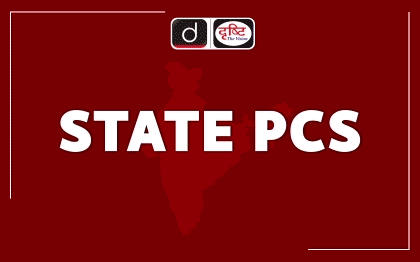
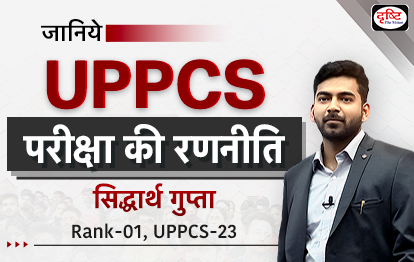






%20MPPCS%202025%20Desktop%20E.jpg)
%20MPPCS%202025%20Mobile%20E%20(1).jpg)

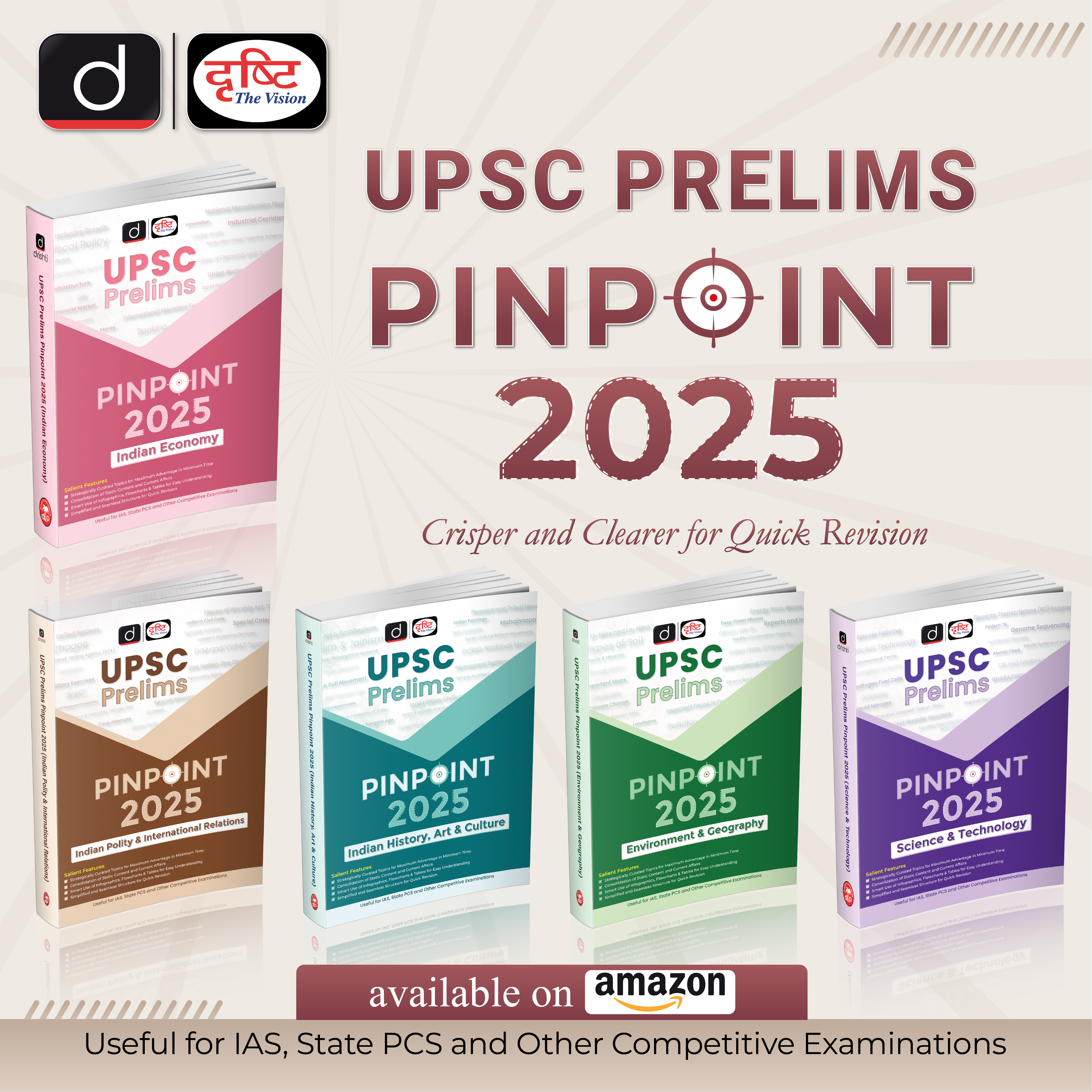







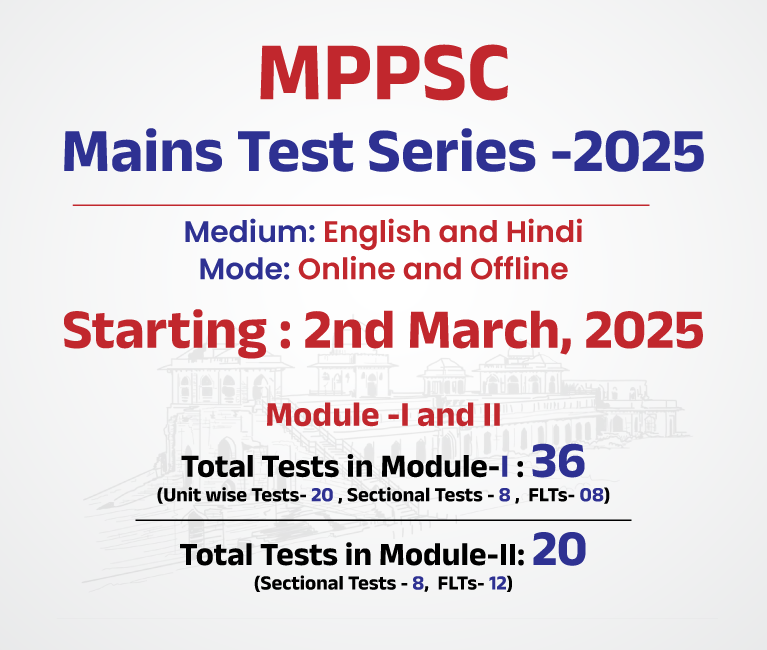

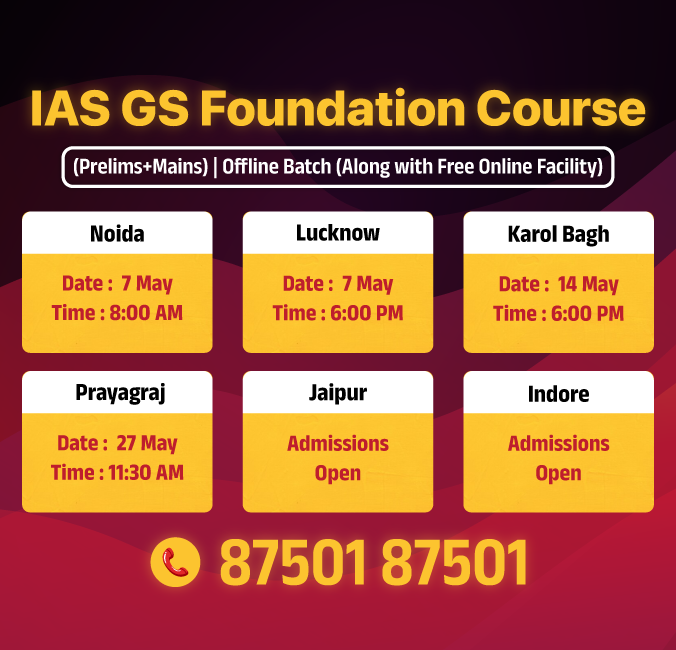







 PCS Parikshan
PCS Parikshan

